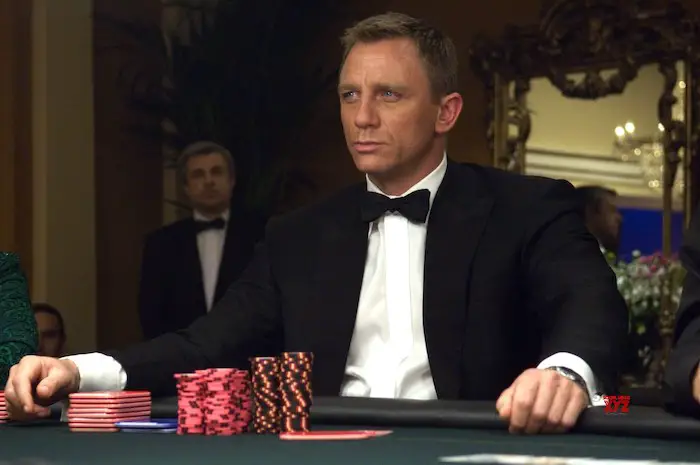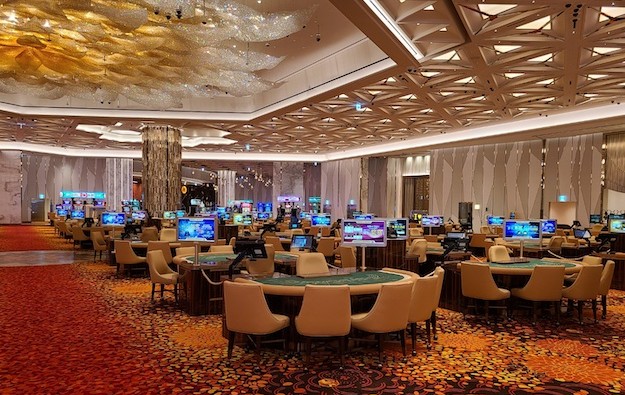In 7ᵉ art, certain locations transcend their status as settings. They become real and profoundly influence the plot. This is exactly the role played by the casino in many films. Glamorous, risky, manipulative or fatalistic, it often acts as a silent character, just as powerful as a hero or antagonist. Their presence, both visually and aurally, is always significant.
When atmosphere makes the game: light, design and tension
To understand how the casino becomes a character, we need to look at its sensory design. Everything is designed to create a hypnotic effect: subdued lighting, warm colours, continuous machine noise and the absence of windows or clocks. This disrupts our perception of time and heightens the dramatic tension. In Scorsese’s Casino, the camera turns, follows the red carpets, weaves in and out of the tables, as if to suck us into this world of control and chaos. It’s the same sensation in Ocean’s Eleven, where the ultra-chic aesthetic of the casino contrasts with the scheming that goes on there. The spectator is drawn in by this theatrical setting, which in itself becomes a scene of permanent tension. And for online gambling enthusiasts, the immersive atmosphere on which platforms like Casino Bonus draw their inspiration is worthy of the greatest cinematic masterpieces.
The casino as metaphor: power, illusion and fate
Casinos are never neutral. In films, it often symbolises power, decadence and the illusion of control. It gives the characters the impression that they can control everything: the cards, the dice, their destiny. But the truth lies elsewhere. In Croupier, the hero believes he is observing the chaos with detachment, until he himself gets sucked in. Chance, omnipresent, becomes a reflection of human fate. We enter to win, we leave transformed, often losers. The casino is the theatre of a wider game, where the stakes are not always money, but freedom, truth and identity.

Real casino vs fictional casino: mirror of an era
Films sometimes show us real casinos (Las Vegas, Monte Carlo), sometimes entirely fictional versions. In both cases, the location reflects an era, a social class, a parallel world. In James Bond: Casino Royale, the setting is luxurious, hushed, almost aristocratic. It reflects the elite, control and strategy. In Las Vegas Parano, on the other hand, the casino becomes a place where people lose their bearings, where there is excess and psychedelic madness. These contrasts also reflect changes in the way cinema looks at things: vintage glamour gradually gives way to a more critical, disillusioned and even worrying vision.
When the casino turns the plot on its head
Last but not least, certain cult scenes could not exist anywhere else but in the casino. The poker table becomes the setting for a revelation, a betrayal or a plot twist. Who’s bluffing? Who’s cheating? Who loses everything? In Casino Royale, the face-off between Bond and Le Chiffre is much more than a card game: it’s a silent cold war. The location amplifies every tension, every facial twitch, every breath. In Ocean’s Eleven, the robbery of the safe is a perfected, precisely choreographed affair.
The casino in cinema is not just a set. It is a complex, manipulative, bewitching and sometimes cruel character. It embodies our desire for greatness, our taste for risk, but also our most persistent illusions.





